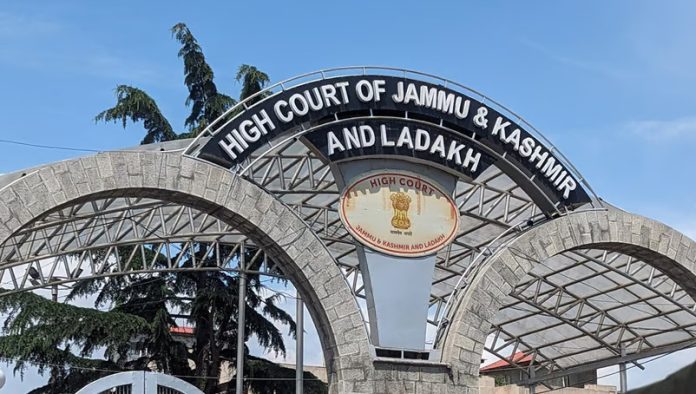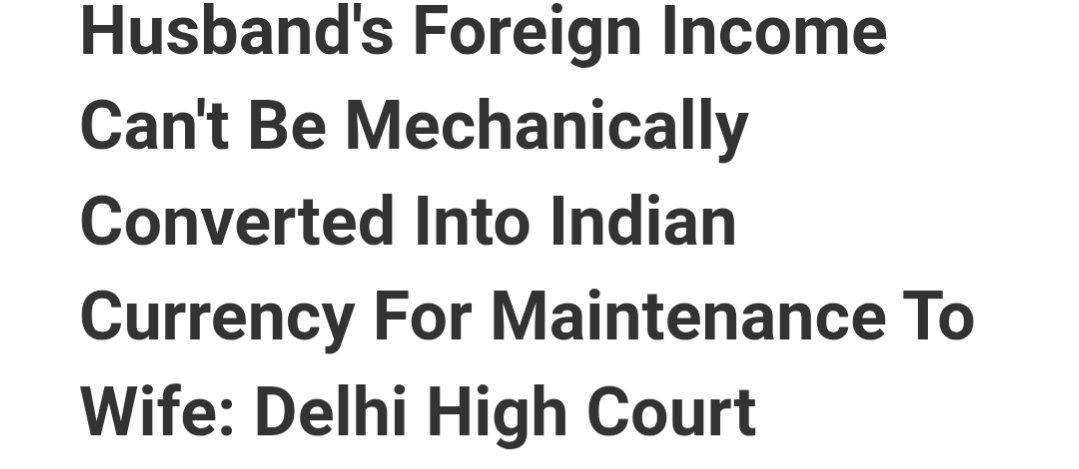Soumitra Sen, J.@mdashThe petitioner has challenged the judgment and order dated October 23, passed by the Employees'' State Insurance Corporation. By the said impugned order the learned Court below has assessed the loss of earning capacity to 30%.
2. The petitioner contends that in accordance with the Second Schedule Part II Item 10 there has been a complete and permanent loss of the use of his right hand and therefore, he is entitled to be compensated assessing his loss of earning capacity as 60%.
3. The petitioner was employed under a contractor deployed in the factory of Hindustan Motors Ltd. On June 17, 1999 while working in the factory the petitioner suffered injury on his right hand. As a result his right hand upto elbow was crushed. Thereafter the petitioner went through extensive medical treatment but his hand was permanently disabled. A Medical Board was formed to assess his disablement. The said Board assessed such disablement at 20% whereas a private Doctor assessed his loss of earning capacity as 60%.
4. The Learned Court below after going through the evidence did not accept the assessment of the Medical Board, but made his own assessment that loss of earning capacity was 30%. While doing so it appears that the learned Court below, did not take into account the relevant provisions of the Schedule as mentioned above. Further from the evidence itself it appears that the petitioner is unable to move his right wrist and the right hand is always in a flexed position and deformity seems to be permanent. In view of such an evidence one can come to a reasonable conclusion that the petitioner has suffered complete and permanent loss of the use of his right hand.
5. The petitioner has relied upon Part-II Item 10 to Second Schedule of the Employees'' State Insurance Act, 1948 which reads as follows:
"Loss of hand or of the thumb and four fingers of one hand or amputation from 11.43 c.m. below tip of olecranon."
In the aforesaid cases the Schedule refers loss of earning capacity as 60%. In the said Schedule there is a note which is as follows:
"Complete and permanent loss of the use of any limb or member referred to in this Schedule shall be deemed to be the equivalent of the loss of that limb or member."
Having regard to such a note it is clear that the ''intention of the Legislature was that even in case where there is no actual amputation but if it is found that there is a complete and permanent loss of use of any limb/thumb it shall be equated with actual amputation.
6. Same view has been expressed in the case of Factory Manager, J. C. Mills Ltd. v. E.S.I Corporation, Gwalior, reported in 1988 L.I.C. 317, wherein it was observed as follows:
"According to me, even when there is no actual amputation and that too from the specified points of acromion or olecranon, if there is complete loss of use of any limb or member covered by any of the two items that would be decisive of the question of the coverage of the injury under the particular item of the Schedule. In the instant case, admittedly, there was a loss of a hand, but there was also loss of complete fore-arm and even of the elbow-joint. The opinion very clearly indicates that there was loss of all functions in the elbow-joint and fore-arm. That being the position, although amputation of the elbow-joint, as contemplated under Item 3, is not factually present, the deficiency is made up by the note which equates amputation to loss of concerned limb or member. Therefore, in my opinion, the Corporation and the employer could have validly claimed loss of earning capacity even upto 70% under Item 3. But the claim having been laid only at my opinion, no fault with the impugned judgment in any manner, can be found. The award in that respect, on merits, therefore, is not vitiated."
7. In the instant case there is no evidence to suggest that the deformity is not permanent and the nature of deformity is as such that the petitioner has lost complete use of his hand.
8. In these circumstances, I am of the opinion that the Learned Court below was wrong in assessing the loss of earning capacity as 30% which should have been assessed at 60% in accordance with the Schedule as referred to above.
9. It was submitted on behalf of the respondent that this Court while dealing with the application under Article 227 of the Constitution of India should not reappraise evidence on the basis of which the learned Court below had come to a specific finding. I am unable to accept such submission. The learned Court below have in fact not accepted the assessment made by the Medical Board.
10. The decision of the Court below appears to be not in conformity with the provision of law. This Court in exercise of its jurisdiction under Article 227 can interfere with the same and pass necessary orders for the interest of justice.
11. In the circumstances, I set aside the impugned order and direct the authorities to calculate the compensation payable to the petitioner taking the loss of earning capacity as 60% in terms of the Schedule as mentioned above.
12. With the above observation and direction the revisional application is disposed of without any order as to costs.
13. Urgent xerox certified copy of this order if, applied for, shall be given to the parties expeditiously.

